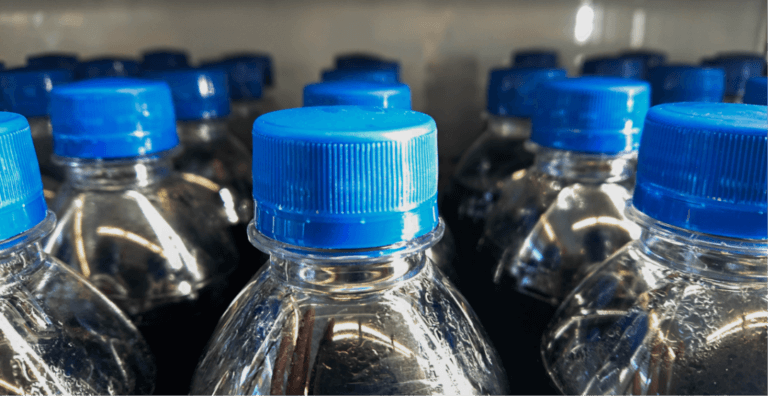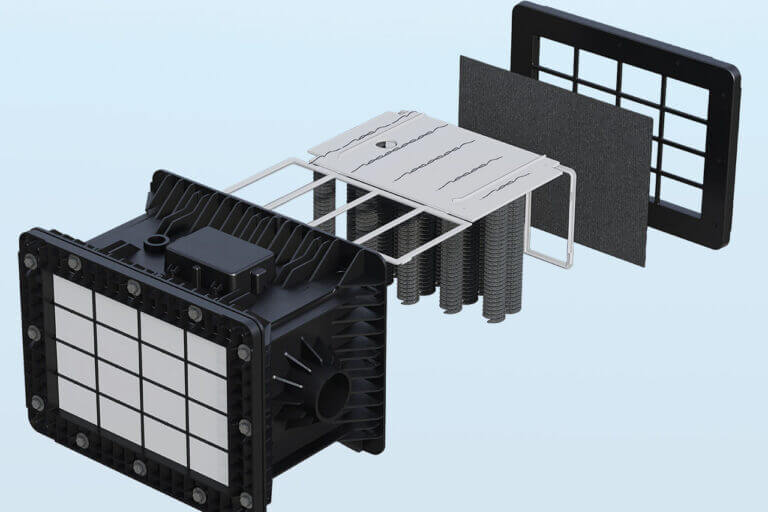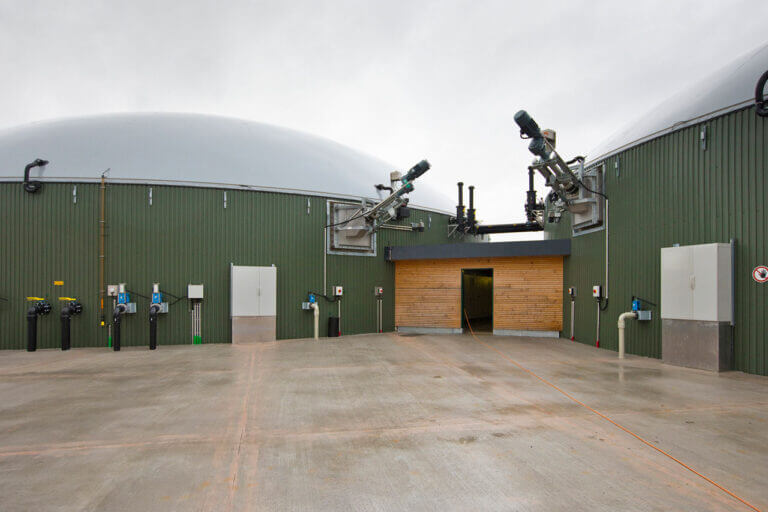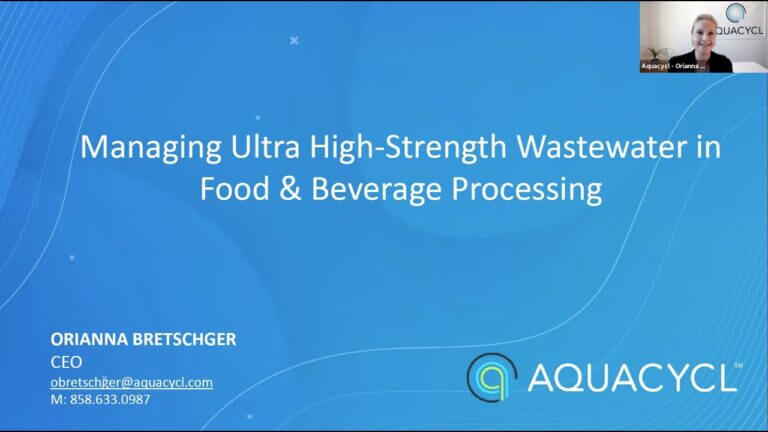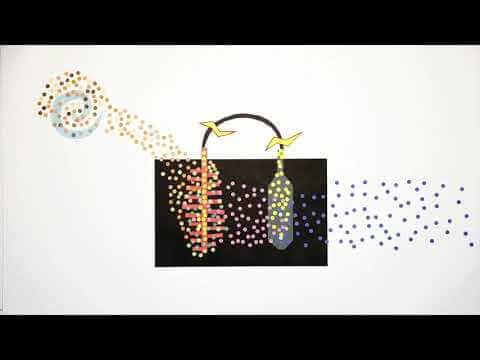If you are looking to streamline operations, reduce costs, and enhance efficiency in your processes then the number one practice you need to implement at your production facility is flow segregation.
Whether you call it separation of flow, process separation, or side-streaming, flow segregation is a relatively simple process that will greatly improve your wastewater management, and in turn, your operations.
What is flow segregation?
Flow segregation is the process of isolating and diverting wastewater streams from different parts of your processes so that smaller volumes can be targeted for treatment before combining all waste streams together for discharge. This targeted approach focuses on the most concentrated and challenging portions of your wastewater, minimizing surcharges from your utility, or hauling and disposal costs, for high biological oxygen demand (BOD) and high total suspended solids (TSS) discharge.
These flows with high BOD and/or TSS are typically generated during the first rinse of a clean-in-place (CIP) process, returned or expired products, bad batches from beverage production, maturation and fermentation processes in breweries, distilleries, or pharmaceutical processes, and biomass/sludge generated from biological onsite treatment. Utilities regulate the discharge BOD and TSS through permits and surcharges, and hauling companies typically charge per gallon. It makes sense to treat and/or minimize these streams at the source to save you big bucks and enhance efficiency.
Think about recycling. We separate our trash into separate bins because not all trash can be handled the same, some require different treatments or methods to break down, and others have value that can be extracted even after being thrown out. Recycling is a simple practice we’ve implemented into our trash disposal habits – why not do the same for wastewater?
Different wastewater streams have different compositions and by combining it all together into a single stream, we are just complicating the disposal process and throwing away resources. Since these streams are generated from different portions of a production process in the first place, why not leave them separate for more effective treatment and/or recovery?
Picture a bustling production facility where wastewater streams vary widely in composition and pollutant concentration. Flow segregation steps in to identify and isolate the dirtiest streams, preventing their detrimental impact on the overall treatment process. It allows companies to gain greater control over their wastewater treatment processes, optimize resource utilization, and mitigate environmental risks.
Why would you want to implement flow segregation?
For industrial facilities, the majority of wastewater-related costs will come from only a small volume of their total flow. By not implementing flow segregation, you are flushing money (and critical water resources) down the drain.
Take PepsiCo for example, when we performed an audit of their wastewater at one of their bottling facilities, we discovered 60% of their wastewater management costs were coming from only 3% of their total discharge volume. This is because that 3% volume contained the majority of the BOD in their wastewater. This was causing them to face hefty surcharges and unpredictable monthly utility costs. But, by treating just that 3% of flow, that came directly from their segregated streams, they were able to save, on average, 22% on their monthly wastewater bill.
Aside from the cost benefits, flow segregation can greatly reduce risks to your production. The efficiency and overall function of conventional biological treatment processes can be easily disrupted by changes in wastewater flow, concentrations, pH, and temperature… all things that regularly change in production environments. The production fluctuations may cause disruptions to onsite treatment systems or impact the downstream utility.
The worst business impacts would be that a utility refuses to accept production wastewater due to these variabilities, creating compliance issues that may stop production; or the utility may increase rates to make sewer disposal cost-prohibitive. Flow segregation helps manage variability by mitigating fluctuations that would otherwise impact treatment processes onsite or at a local utility.
By breaking down a big, complex problem into smaller, easier to handle ones, flow segregation can also enhance efficiency. You gain more control over your wastewater treatment process and can optimize it for each step in your production. This also helps reduce risk by isolating problems to specific portions of your process and handling them separately rather than needing to shut down your entire production to fix a flow issue.
And, in a world where water is scarce, flow segregation allows you to enable greater process water reuse. When the whole flow is treated together, it’s often difficult to reach reuse quality due to the physical footprint required for treatment, the energy intensity of treatment, and the mix of polluting chemicals in the wastewater. Flow segregation allows you to identify streams that can be utilized for reuse and implement the proper treatment required to reach those quality standards. By diverting streams to specific treatment applications, you implement further efficiency in your processes and increase wastewater’s potential for reuse.
How can you implement flow segregation to enhance efficiency?
With all these great things said, why isn’t flow segregation a more widely utilized practice? It must be difficult to implement, right?
I’m here to tell you, it’s most likely not. Depending on your current infrastructure and production setup, this can be a simple process. For an older production facility, this process may be more daunting and expensive as it may require replumbing of your production line. However, for new facilities, you have the ability to integrate this process from the outset.
Either way, you must identify the points most optimal by diverting streams. This can be done by utilizing inline sensors tailored to detect specific contaminants or water characteristics, such as BRIX meters for high sugar content, or inline COD and TDS sensors to determine the streams that need to be diverted for separate treatment. You can also ensure the first rinses of your CIP all flow directly to one containment area as these will always be the most concentrated in BOD/COD.
Once processes and associated diversion points are identified, the next step is to install smart sensors and plumbing lines to automatically divert the streams to designated treatment process. This requires plumbing and separate collections tanks for sequestered wastewater, which can be designed to optimize efficiency and space, minimize resource consumption, and facilitate easy maintenance.
The biggest reason that flow segregation isn’t more widely utilized is because traditionally, there have only been two ways to handle these concentrated, segregated flows – and they both aren’t ideal.
The first requires re-dilution, which defeats the purpose of segregation. Conventional wastewater treatment systems have not able to effectively treat high-BOD/COD side streams without dilution. The second option is to truck these streams offsite to an alternative treatment facility, landfill, incinerator or soil application site, which increases both costs and risks for your business. This practice can cause supply chain disruption, spillage – which puts the blame on you, not the trucking company – and hefty pollution fines. Some companies we talk to spend upwards of $1M per year on trucking alone. We’re trying to lower costs here, not raise them!
The good news is that thanks to new technological advances, we have made it possible to treat the segregated flows onsite in a cost-effective and sustainable way.
Getting the most out of flow segregation with Aquacycl
As discussed, the biggest challenge for the utility with treating industrial wastewater is the BOD and TSS concentration, these two elements of wastewater cause you to pay large surcharges. This is because conventional anaerobic digestion treatment technologies can only handle BOD concentrations of about 15,000 ppm. These segregated streams will typically be at BOD concentrations upwards of 60,000 ppm or higher.
However, Aquacycl offers a solution that can treat BOD concentrations as high as 150,000 ppm, and beyond, offering you a great solution for treatment. This technology utilizes naturally-occurring bacteria in a unique anaerobic process (not conventional digestion) that will consume much higher concentrations of BOD and other pollutants in a very short period of time so that a majority of BOD (and TSS) is removed and you won’t face surcharges.
One key advantage of Aquacycl’s system is modularity. Housed in a storage container, the system can be easily integrated into facility without compromising valuable production space. You can divert segregated flows directly into the system, and enhance efficiency of your overall treatment process.
Plus, the system is remotely monitored and controlled in real-time, helping you get the most risk reduction out of flow segregation. With 24/7 live feed of your treatment process, any issues that occur in your wastewater can be caught and isolated before they become problems.
It’s energy efficient, low in emissions, and enables water reuse, tripling the sustainability benefits of flow segregation.
By lowering costs, reducing risks, and streamlining operations, flow segregation quickly becomes one of the most important processes to implement in your production facility to enhance efficiency. Get the most out of flow segregation by contacting Aquacycl.




